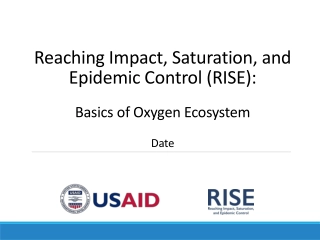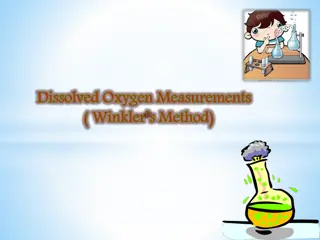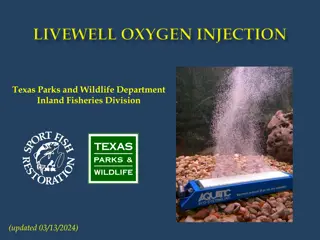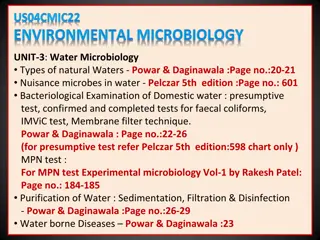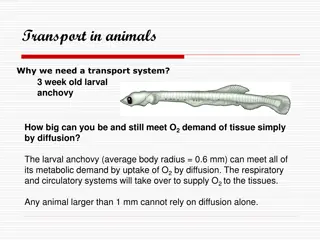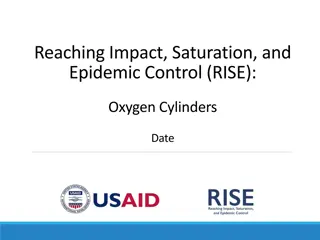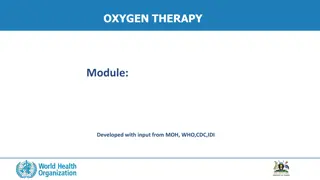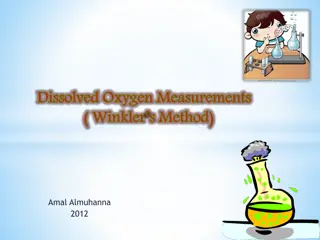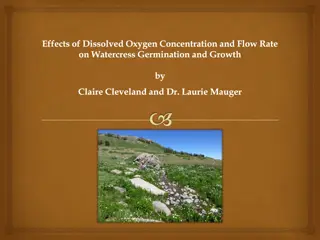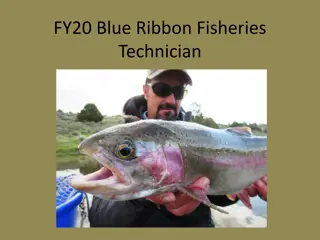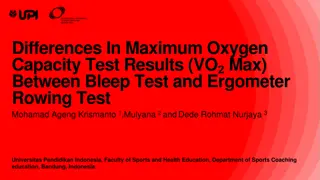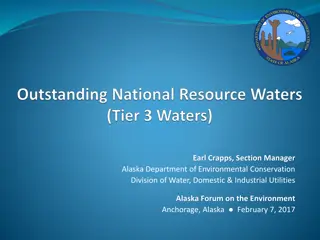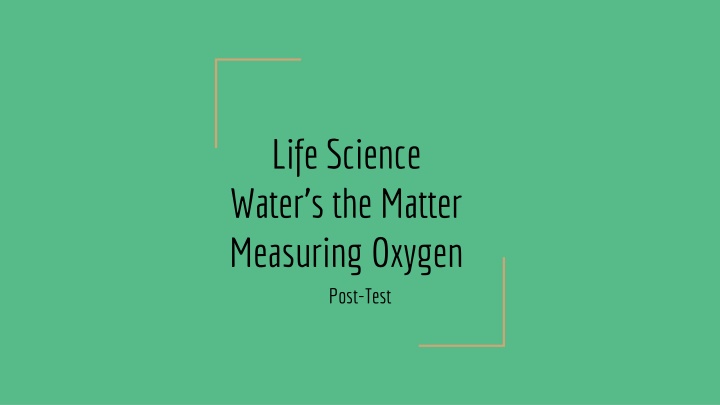
Oxygen Levels in Water Ecosystems
Explore the crucial role of dissolved oxygen in water ecosystems through questions on factors affecting oxygen levels, fish respiration, aquatic plants, and environmental impacts. Discover how adding plants, nitrates, or fertilizer can influence oxygen levels, leading to consequences like fish deaths or plant overgrowth. Test your knowledge on aquatic science and the delicate balance of oxygen in aquatic environments.
Download Presentation

Please find below an Image/Link to download the presentation.
The content on the website is provided AS IS for your information and personal use only. It may not be sold, licensed, or shared on other websites without obtaining consent from the author. If you encounter any issues during the download, it is possible that the publisher has removed the file from their server.
You are allowed to download the files provided on this website for personal or commercial use, subject to the condition that they are used lawfully. All files are the property of their respective owners.
The content on the website is provided AS IS for your information and personal use only. It may not be sold, licensed, or shared on other websites without obtaining consent from the author.
E N D
Presentation Transcript
Life Science Water s the Matter Measuring Oxygen Post-Test
The amount of dissolved oxygen in water will increase by adding ___________. A. Plants B. Heat C. Fish D. Bacteria E. Dams
Fish remove dissolved oxygen from water by using their. . . A. Lungs B. Scales C. Gills D. Fins E. Tails
When do aquatic plants contribute the most dissolved oxygen to water? A. During the night B. During the day C. During periods when plants die D. Production of oxygens by plants is uniform E. Plants do not produce oxygen, they consume oxygen
You are standing on the banks of a large lake where dozens of different kinds of fish are floating dead on the surface. Which of the following things is most likely to have occurred? A. Bacteria in the water infected the fish causing them to die. B. Nitrates in the water poisoned the fish. C. The dissolved oxygen levels dropped below 2 mg/L and the fish suffocated. D. The fish ate algae and died from toxins produced by the algae. E. The temperature of the lake was too low for reproduction, so the fish could not breed and died of advanced age.
Addition of fertilizer to rivers and streams often results in: A. An increase in the amount of dissolved oxygen in the water. B. An overgrowth of aquatic plants and algae. C. An overgrowth of fish and other aquatic organisms. D. A complete depletion of oxygen due to binding of oxygen by fertilizer. E. An increase in mutations in fish.

